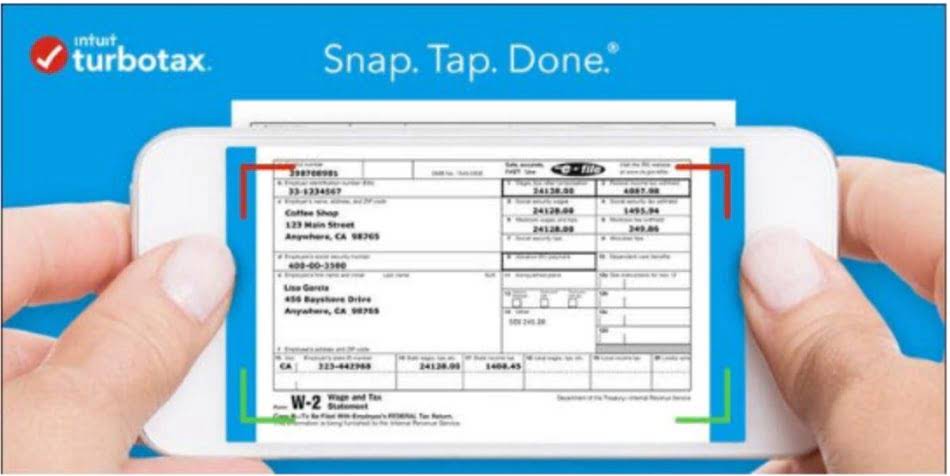Unadjusted trial balance is used to identify the necessary adjusting entries to be made at the end of the year.² Adjusting entries are made mainly due to the usage of accrual system of accounting. ² In accrual accounting, revenue and expenses are recorded when they are earned or incurred irrespective of whether the cash is exchanged or not. For instance, in our vehicle sale example the bookkeeper could have accidentally debited accounts receivable instead of cash when the vehicle was sold. The debits would still equal the credits, but the individual accounts are incorrect. This type of error can only be found by going through the trial balance sheet account by account.
Unadjusted Trial Balance is a direct report extracted by a business from its Double Entry Accounting system. Basically, each one of the account balances is transferred from the ledger accounts to the trial balance. All accounts with debit balances are peanut butter price history from 1997 through 2021 listed on the left column and all accounts with credit balances are listed on the right column. Both the debit and credit columns are calculated at the bottom of a trial balance.
Difference between adjusted and unadjusted trial balance
It is only after all financial statements have been prepared that any adjusting entries can be entered into a general ledger or subsidiary ledgers. It will include both debit and credit balances, but no adjusting entries have been made yet. In summary, the unadjusted trial balance (UTB) lists all accounts in an organization at a given point or period of time. It will allow you to spot-check the accuracy of the first step in preparing your company’s financial statements – that is, entering balances from your account ledger into a spreadsheet. Having an unadjusted trial balance is important because it is the first step in creating financial statements.
Do you already work with a financial advisor?
If the total debits equal the total credits, the trial balance is considered to be balanced, and there should be no mathematical errors in the ledgers. However, this does not mean that there are no errors in a company’s accounting system. For example, transactions classified improperly or those simply missing from the system still could be material accounting errors that would not be detected by the trial balance procedure. The unadjusted trial balance is the listing of general ledger account balances at the end of a reporting period, before any adjusting entries are made to the balances to create financial statements. The unadjusted trial balance is used as the starting point for analyzing account balances and making adjusting entries. This report is a standard one that can be issued by many accounting software packages.
Why You Can Trust Finance Strategists
In other words, a trial balance will show all of the balances of accounts after all transactions have been allowed for, including those which have not yet been entered into a general ledger or subsidiary ledgers. The unadjusted trial balance (UTB) is an important tool for monitoring your company’s operating results. A trial balance is so called because it provides a test of a fundamental aspect of a set of books, but is not a full audit of them. A trial balance is often the first step in an audit procedure, because it allows auditors to make sure there are no mathematical errors in the bookkeeping system before moving on to more complex and detailed analyses.
These next steps in the accounting cycle are covered in The Adjustment Process. It serves to be the source of all financial statements that a company creates. An unadjusted trial balance is prepared to ensure the accounts identify the errors and mistakes that may be present in the records so that the same could be avoided at the later stages. Once all ledger accounts and their balances are recorded, the debit and credit columns on the checking account meaning trial balance are totaled to see if the figures in each column match each other. The final total in the debit column must be the same dollar amount that is determined in the final credit column.
Bookkeepers typically scan the year-end trial balance for posting errors to ensure that the proper accounts were debited and credited while posting journal entries. Internal accountants, on the other hand, tend to look at global trends of each account. For instance, they might notice that accounts receivable increased drastically over the year and look into the details to see why.
However, before every transaction is presented in an organized manner, there is a rough list of transactions accommodated in the unadjusted trial balance. This is the document that lists the accounts and balances before the last adjustments have been made. This unadjusted financial document is prepared based on the general ledger or other sources recording the transactions. After Paul’s Guitar Shop, Inc. records its journal entries and posts them to ledger accounts, it prepares this unadjusted trial balance. As the bookkeepers and accountants examine the report and find errors in the accounts, they record adjusting journal entries to correct them. After these errors are corrected, the TB is considered an adjusted trial balance.
It helps ensure that all transactions for a given period are accounted for before adjusting entries are made. An unadjusted trial balance is a listing of all the company’s accounts and their balances at a specific point in time, usually at the end of an accounting period before any adjusting entries have been made. After the all the journal entries are posted to the ledger accounts, the unadjusted trial balance can be prepared. This trial balance has the final balances in all the accounts, and it is used to prepare the financial statements. The post-closing trial balance shows the balances after the closing entries have been completed.
- In the following example, the unadjusted trial balance is the first column of numbers, while the second column of numbers contains an adjusting entry; the final column combines the first two columns, creating the adjusted trial balance.
- Start entering the balances for each account into the 1st column of an unadjusted trial balance spreadsheet (UBTB).
- After preparing your trial balance this month, you discover that it does not balance.
- Depending on the kinds of business transactions that have occurred, accounts in the ledgers could have been debited or credited during a given accounting period before they are used in a trial balance worksheet.
¹ You will get an overview of all the accounts that are used in your business for example, sales account, purchase account, inventory account etc. in a summary form with the help of an unadjusted trial balance. The unadjusted trial balance is prepared at the end of the reporting period as a rough draft of the financial transactions, which are organized in order later on in the form of financial statements, which are more reliable and accurate. An unadjusted trial balance is a listing of all the business accounts that are going to appear on the financial statements before year-end adjusting journal entries are made. A trial balance sheet is a report that lists the ending balances of each account in the chart of accounts in balance sheet order. Bookkeepers and accountants use this report to consolidate all of the T-accounts into one document and double check that all transactions were recorded in proper journal entry format. The unadjusted trial balance is prepared to check if all accounts have balances.
An unadjusted trial balance is a trial balance which is created before any adjusting entries are made in the ledger accounts. Once all balances are transferred to the unadjusted trial balance, we will sum each of the debit and credit columns. The debit and credit columns both total $34,000, which means they are equal and in balance. However, just because the column totals are equal and in balance, we are still not guaranteed that a mistake is not present. As you can see, all the accounts are listed with their account numbers with corresponding balances.
The OpenStax name, OpenStax logo, OpenStax book covers, OpenStax CNX name, and OpenStax CNX logo are not subject to the Creative Commons license and may not be reproduced without the prior and express written consent of Rice University. The adjusting entry in the example is for the accrual of salaries that were unpaid as of the end of June. Ask a question about your financial situation providing as much detail as possible. Our writing and editorial staff are a team of experts holding advanced financial designations and have written for most major financial media publications.
It is usually released to the public, rather than just being used internally, and requires the signature of an auditor to be regarded as trustworthy. Transferring information from T-accounts to the trial balance requires consideration of the final balance in each account. If the final balance in the ledger account (T-account) is a debit balance, you will record the total in the left column of the trial balance. If the final balance in the ledger account (T-account) is a credit balance, you will record the total in the right column. If a company creates financial statements on a monthly basis, the accountant would print an unadjusted trial balance at the end of each month to initiate the process of creating financial statements. Alternatively, if the company only creates financial statements once a quarter, you would print the unadjusted trial balance on a quarterly basis.








